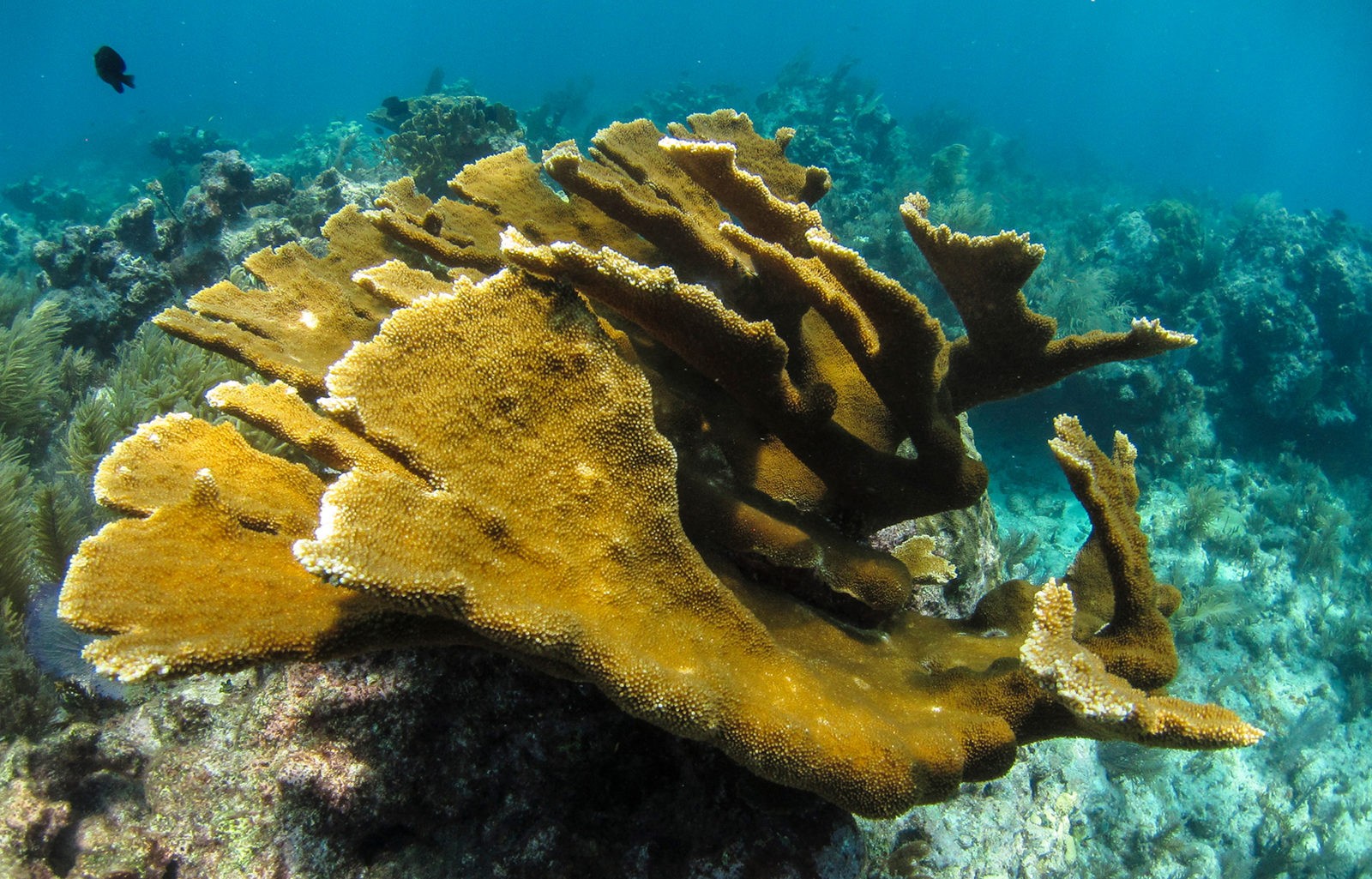FT. PIERCE, Fla. (July 15, 2019) – Coral reefs around the world are dying due to the combined effects of rising water temperatures, ocean acidification and disease. Water pollution is also known to play a role, and a new study in Marine Biology provides evidence of just how important that role is.
Elevated sea temperatures are known to kill coral and are frequently blamed for massive coral die-offs. Using a long-term data set from Looe Key Reef in the Florida Keys, researchers from Florida Atlantic University, University of Georgia and University of South Florida were able to show that reefs exposed to elevated nitrogen levels, from sources like improperly treated sewage and stormwater runoff, began losing coral cover well before they were impacted by elevated temperatures.
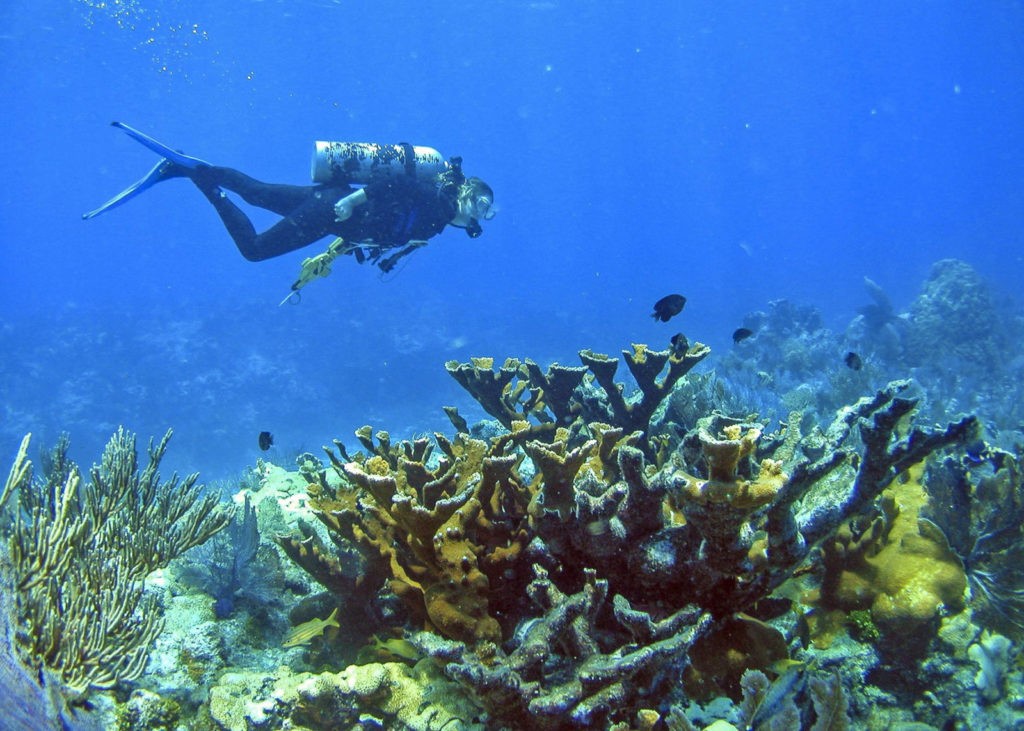
“Our results provide compelling evidence that nitrogen loading from the Florida Keys and greater Everglades ecosystem, caused by humans, rather than warming temperatures, is the primary driver of coral reef degradation at Looe Key Sanctuary Preservation Area during this long-term study,” said lead author Brian Lapointe, a research professor at the FAU Harbor Branch Oceanographic Institute.
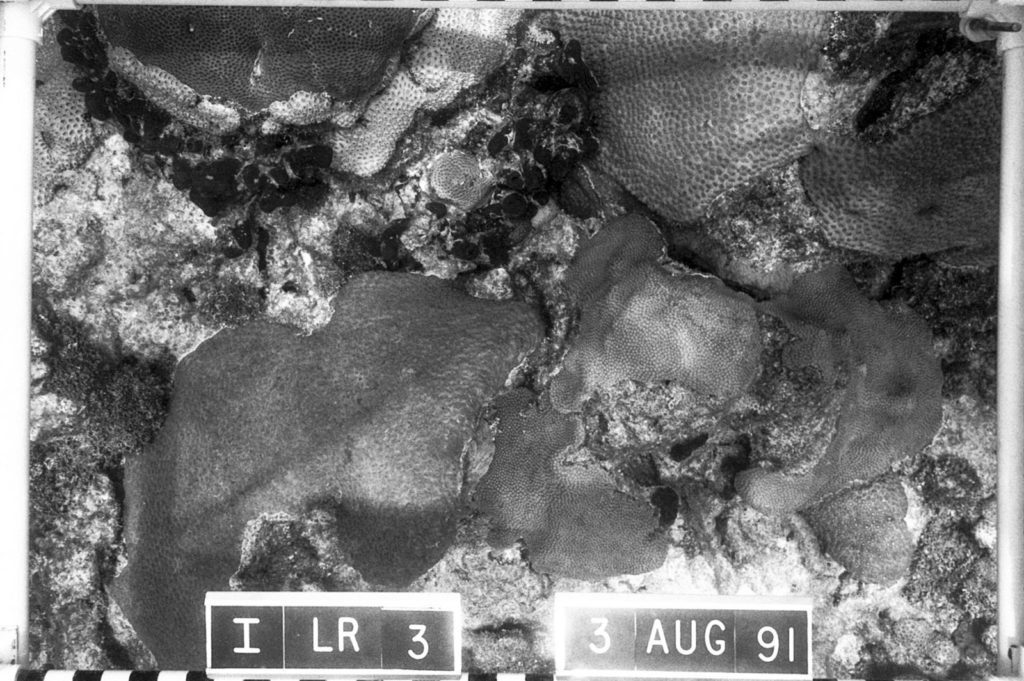
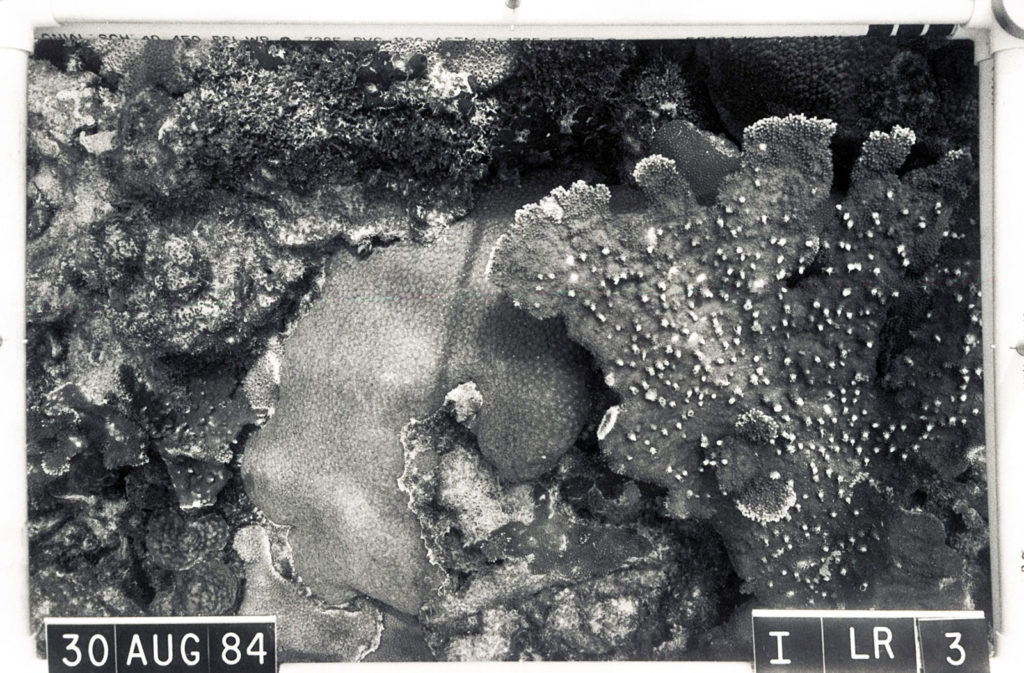
Data for the study were gathered from 1984 to 2014. Researchers collected seawater samples during both wet and dry seasons, monitored living coral cover and collected abundant species of seaweed for nutrient analysis. They monitored seawater salinity, temperature and nutrient gradients between the Everglades and Looe Key to better understand how nitrogen from the Everglades traveled downstream to coral reefs in the Florida Keys National Marine Sanctuary—which now has the lowest amount of coral cover of any reefs in the wider Caribbean region. They also noted the presence of harmful algal blooms, which occur when excessive levels of nutrients are available to promote the growth of phytoplankton.
Data showed that living coral cover at Looe Key Sanctuary Preservation Area declined from just under 33 percent in 1984 to less than six percent in 2008. The rate of coral loss varied over the course of the study, but rose during periods following stretches of heavy rainfall and increased Everglades runoff. Between 1991 and 1995, such increases pushed nitrogen and phytoplankton levels at Looe Key above a “tipping point” from which the water quality has not yet recovered.
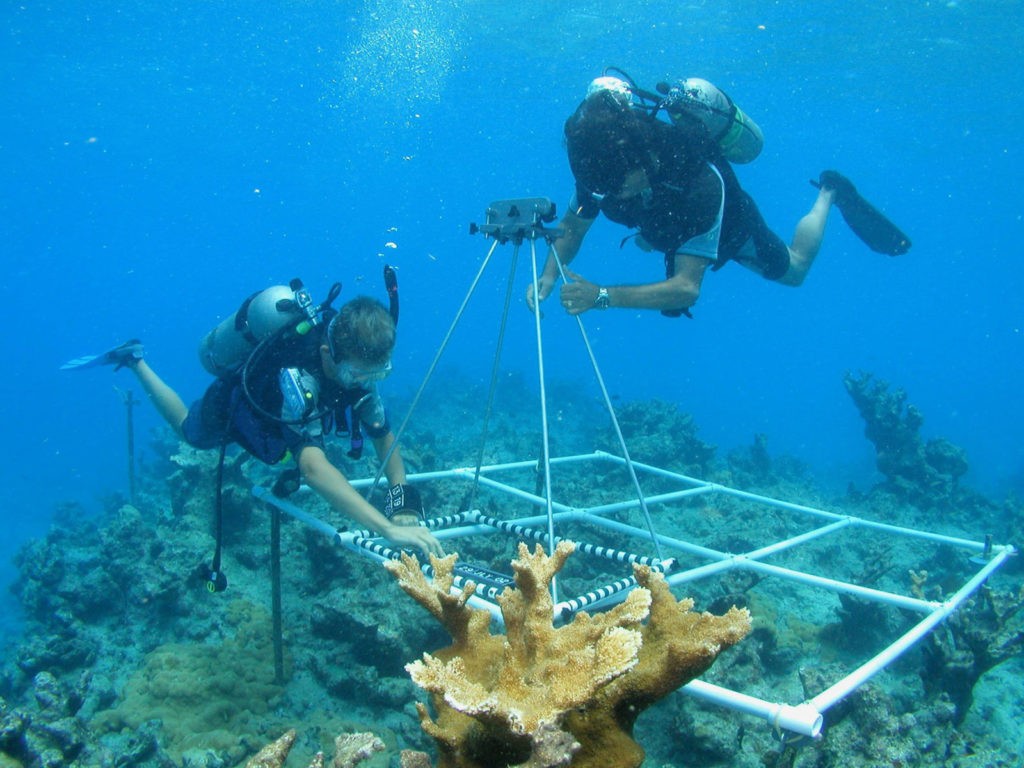
Nitrogen loading is predicted to increase by 19 percent globally simply as a result of changes in precipitation due to climate change.
“The future success of the Comprehensive Everglades Restoration Plan will rely on recognizing the hydrological and nitrogen linkages between the Everglades, Florida Bay and the Florida Keys,” said Lapointe. “The good news is that we can do something about the nitrogen problem such as better sewage treatment, reducing fertilizer inputs, and increased storage and treatment of stormwater on the Florida mainland.”
The impact of local land-based nitrogen contributions from sewage treatment plants that service 76,000 year-round residents and an estimated 3.8 million tourists annually is currently being moderated by completion of centralized wastewater collection and advanced wastewater treatment plants and nutrient removal facilities throughout the Florida Keys.
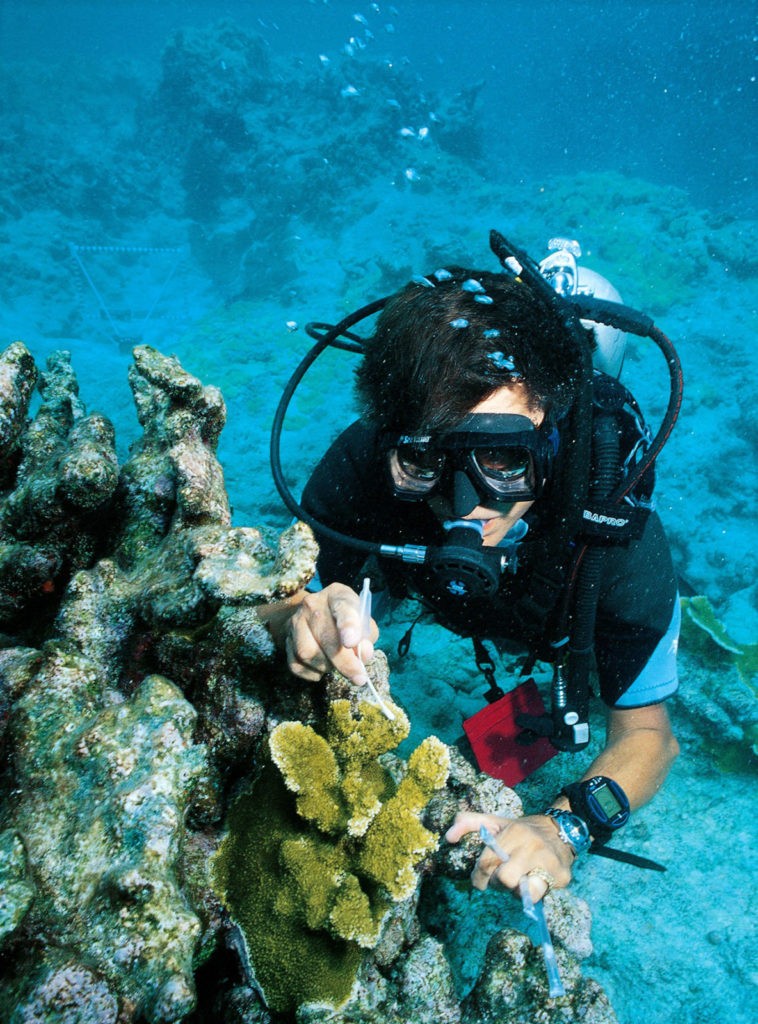
This approach has proven effective elsewhere.
“The Bonaire coral reefs in the Caribbean Netherlands are a great example of effective mitigation. These corals are beginning to recover after the construction of a sewage treatment plant, better treatment and water quality monitoring, and diverting sewage from septic tanks,” LaPointe said.
“Citing climate change as the exclusive cause of coral reef demise worldwide misses the critical point that water quality plays a role too,” said study coauthor James W. Porter, emeritus professor of ecology at the University of Georgia. “While there is little that communities living near coral reefs can do to stop global warming, there is a lot they can do to reduce nitrogen runoff. Our study shows that the fight to preserve coral reefs requires local, not just global, action,” he said.
The study’s other co-authors are Rachel A. Brewton and Laura W. Herren of FAU’s Harbor Branch and Chuanmin Hu, Ph.D., of the College of Marine Science at University of South Florida. Financial support was provided by the National Oceanic and Atmospheric Administration National Marine Sanctuaries Program, Monroe County, Herbert W. Hoover Foundation, John D. and Catherine T. MacArthur Foundation, U.S. Environmental Protection Agency, National Aeronautics and Space Administration ROSES (contract #NNX10AB69G), the “Save Our Seas” Specialty License Plate funds granted through the Harbor Branch Oceanographic Institute Foundation, and the Coastal Ocean Association for Science and Technology.

